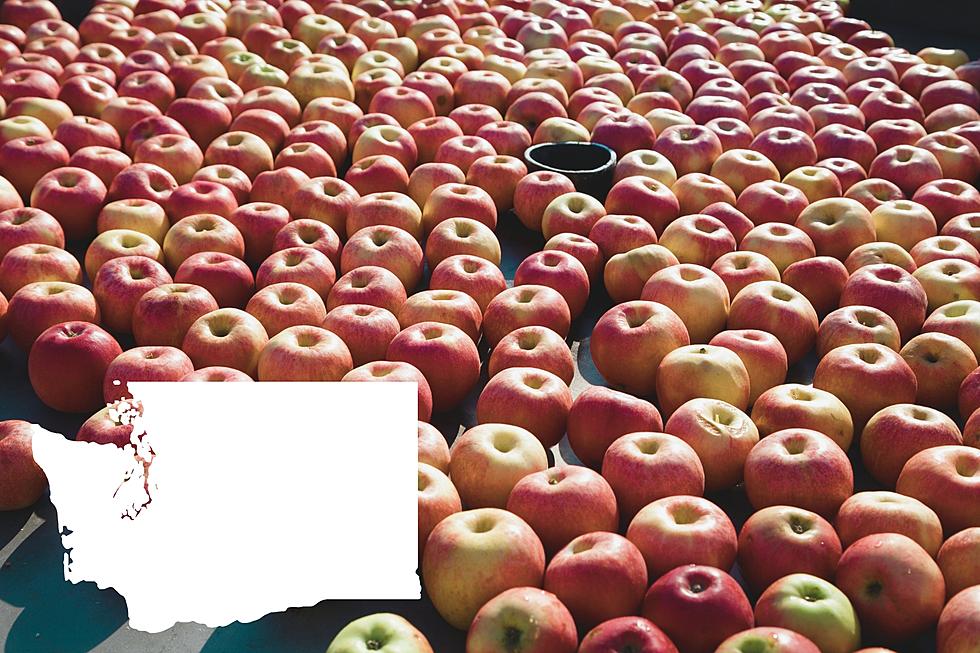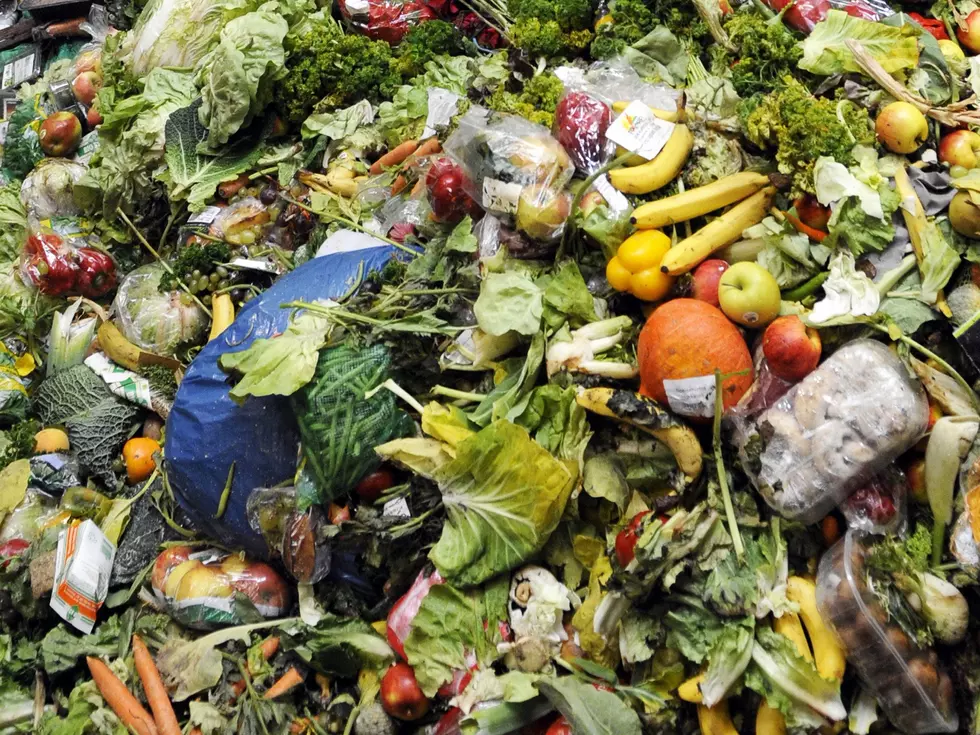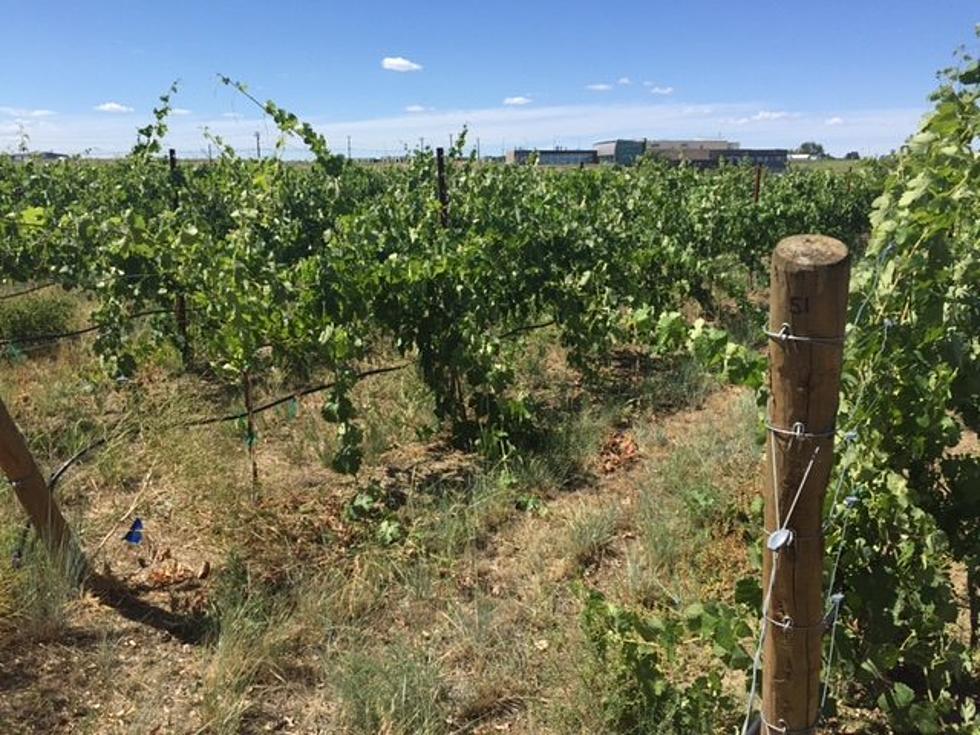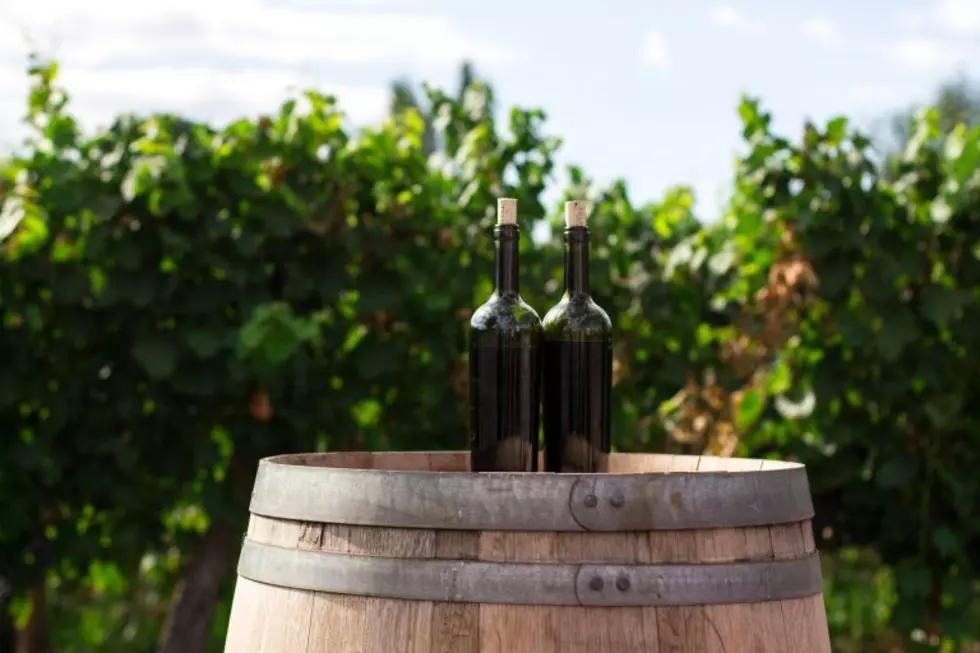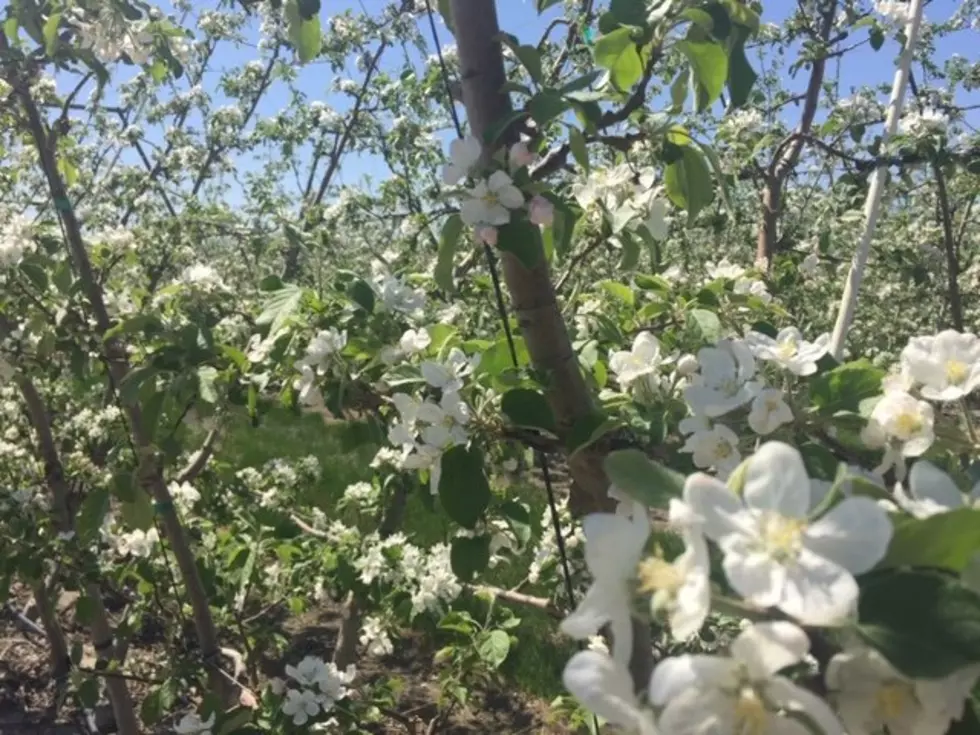
When Dealing With Fire Blight, Orchardists Encouraged To Be Agile
With a buildup of fire blight in orchards across the region, Washington State University said there are several options from which orchardists can select. WSU Extension Specialist, Tianna DuPont, said growers need to manage based on risk. She noted young orchards and more susceptible varieties are going to require a more aggressive strategy.
"For example, in organic management with apples, we generally try to put on two blossom protects and follow with a soluble copper if we have risk. But if we have a flash bloom, you might have to shift to a soluble copper if there's not time for that blossom protect to build up. We want to manage based on risk and also be flexible depending on weather.”
Fire blight flourishes with warm temperatures and moisture during bloom, two circumstances experienced in local orchards several times over the course of the last few years. DuPont added growers need to remember to use high efficacy materials and concentrate on timing.
"A couple of things for organic orchards to think about, you want to use you things like blossom protect which averages 80% control and soluble copper which averages 65-85% control in trial. Use those other products that might only provide 20-40% control in mixes or when your risk is lower."
For conventional orchards, DuPont noted antibiotics work best 12 to 24 hours before a moisture event. For more on Fire Blight, check out Washington State University's Website.
If you have a story idea for the PNW Ag Network, call (509) 547-1618, or e-mail gvaagen@cherrycreekmedia.com
More From PNW Ag Network



